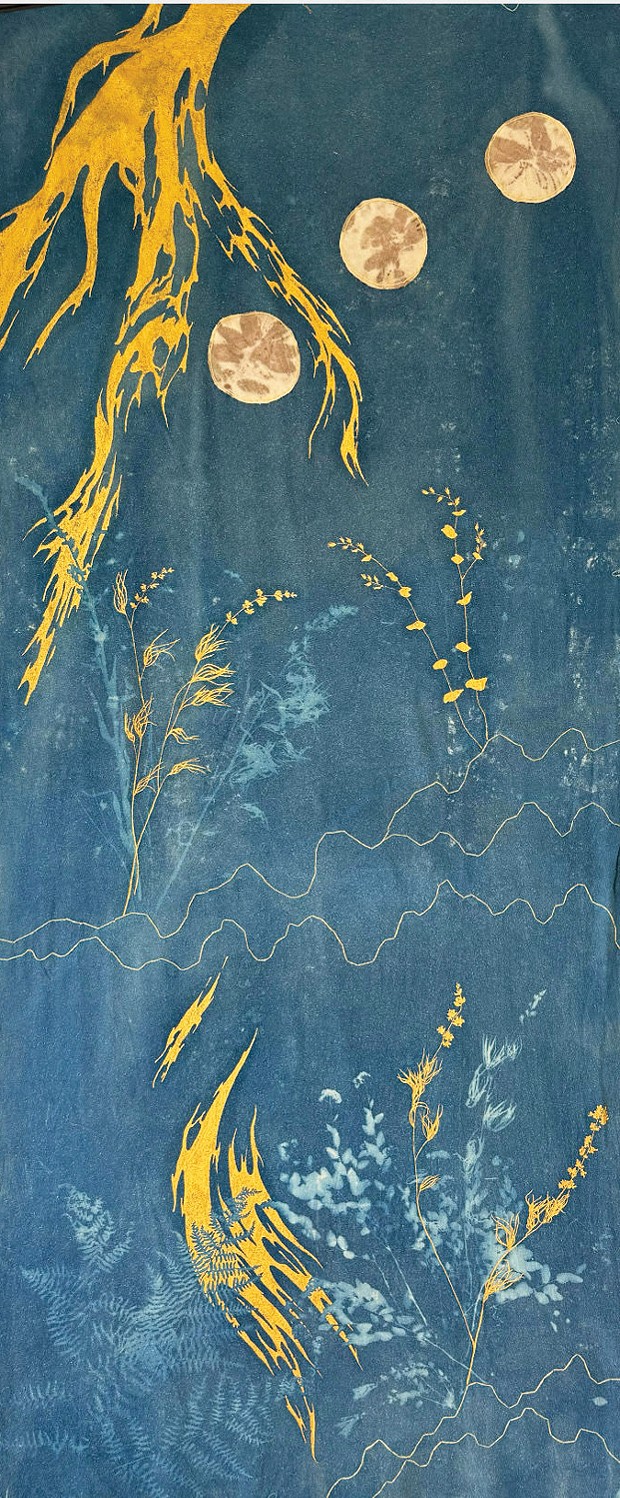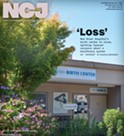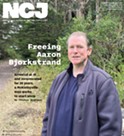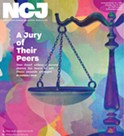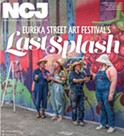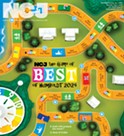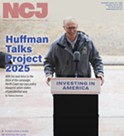[
{
"name": "Top Stories Video Pair",
"insertPoint": "7",
"component": "17087298",
"parentWrapperClass": "fdn-ads-inline-content-block",
"requiredCountToDisplay": "1"
}
]
There is a beautiful Welsh word that resonates with me," says Sasha Lyth, "Hiraeth means a longing or grief for a place, akin to homesickness, perhaps even for a place that was never your home to begin with." The Humboldt-based mixed media artist says much of her art revolves around the connection to place and "how places hold our hearts and minds."
Lyth is one of four local artists granted the 2023 Victor Thomas Jacoby award for "artistic vision and creativity," provided annually by the Humboldt Area Foundation and Wild Rivers Community Foundation. Thanks to the $10,000 award, she was able to create art in a place where she experiences hiraeth. Together with her dog Lhotse, a husky wolf, she backpacked 16 miles in July to a remote spot in the Sierra Nevada Range's Emigrant Wilderness, where she spent 10 days camping. During that period, she created cyanotypes, a camera-less technique that involves laying an object on paper coated with a solution of iron salts before exposing it to sunlight and then washing with water to create white and blue images. Since their discovery in 1842, cyanotypes have been used not only by artists, but also by architects and engineers as a way of reproducing drawings — hence the term "blueprints." On her trek, Lyth used the process on raw silk.
Lyth grew up in Kneeland, where she spent much of her childhood exploring the 24 acres of her parents' property while making things: whittling little boats out of kindling, carving walking sticks, collecting clay in the creek to make little figures and writing and illustrating stories.
Her parents were also creatives — her mother, the late Kathe Lyth, founded the Redwood Coast Children's Chorus, and her father, Kjeld Lyth, was a Shakespearean theater director and actor who ran the theater arts program at College of the Redwoods for 30 years. He was also a painter who passed on his artistic skills to his daughters.
Sasha Lyth teaches art at Arcata's Redwood Coast Montessori School. During the school year, she does art alongside her students, using her work for demonstrating different skills and techniques. By constantly exposing her students to new materials and ideas, she feels inspired in turn to experiment more.
Her destination in the Emigrant Wilderness was an unspoiled place known to her family for over 40 years. While University of California Berkeley students, her parents bonded over backpacking, considering the spot their backcountry home. In 2022, a year and a half after her mother's death, Lyth, along with her partner and her sister, made a pilgrimage there with her mother's ashes. During that trip, she felt a need to create art as part of her grieving and her deep connection to the site.
In 2023 she returned alone, taking some of the works she'd created the year earlier, this time adding gold embellishments. "Applying the gold, a painstaking process, is an act of meditation," she says. "My long days were filled with making art, as I sat in solitude, with the peace and beauty of that space, the elation of it, and the grief."
Her retreat was deeply restorative. "It was powerful to disconnect so completely from the noise," she says. "And being in such a remote location, with a full studio set-up at my fingertips, was surreal." By then, too, "the scope of Blueprints had grown to reflect my longing to be in this place, to honor its sacredness and to work in collaboration with my environment and with my mom."
She calls her body of work Blueprints of the Wilderness. Starting in 2019, she had been documenting wilderness locations that remained wild, carrying cyanotype fabric in light-blocking bags, making exposures on location with found materials, and noting the coordinates of the locations. After creating several site-specific prints in the backcountry, she realized that the coordinates were code for her favorite spots. "Backpackers used to know how to read maps and compasses," she says, "but now All Trails and GPS make these places accessible to anyone." She is heartbroken that the wilderness she knew and loved as a child is changing rapidly. Compared to when she was younger, "the wilderness is desecrated, inundated with people who play music and leave trash."
The concept of Blueprints of the Wilderness is the juxtaposition between the necessity of being in wild places in order to restore our sense of self within nature, while at the same time impacting those very places. After her first solo experience, Lyth dreamed of returning to create art there on a large scale. Thanks to the award, she was able to purchase the materials and equipment to work there, and to hire "a cowboy and his mule" to carry 100 pounds of art supplies to the site.
The coordination with him was so simple and low-tech it could have taken place 50 years ago. A few phone calls was all it took to seal the deal; he didn't even know her last name or ask for a deposit. Lyth herself carried 60 lbs of gear for two days to reach the off-trail site.
During her time in the Sierras, she completed several projects besides large-scale cyanotypes: using natural dyeing processes from sustainably collected materials to make large-scale eco prints; creating woven objects from pine needles and willow to add to the dyed fabrics; and using a flower press, which allowed her to use the same plant material repeatedly, rather than collect new material for each cyanotype.
"I took home the re-used plant materials in the flower press to continue making cyanotypes at home, as well as incorporating gold pigment I'm mixing myself from natural mica powder and walnut oil." For Lyth, adding gold for was a way to emphasize the spiritual power of the mountains, in the same way that gold is infused in religious icon paintings in churches.
Lyth rejects the idea that artists should have an identifiable medium and signature style. An eclectic artist, she is also a live wedding painter and co-leads retreats on painting and Pilates with her sister. "I used to consider myself a painter, but there are times when all I want is to wheel throw, other times when I want to sculpt. Sometimes I just need to make something, and whatever is at hand will do, Basket making is a new intrigue. Tomorrow, who knows?"
Lyth's Blueprints of the Wilderness will be on view at Creekside Arts (386 Howard Heights Road, Eureka) on Sept. 8, 11 a.m. to 5 p.m., and she'll give a talk and workshop on cyanotypes starting at 2 pm. Creekside Arts is a center designed to bring together artistic residencies, workshops and performances. Lyth can be reached at sashalyth.com.
Louisa Rogers (she/her) is a writer, painter and paddleboarder who lives in Eureka and Guanajuato, Mexico.
more from the author
-
Lily Haas' Muse is Nature
- Jul 11, 2024
-
Annette Makino's Life in Collage
- Dec 21, 2023
- More »
